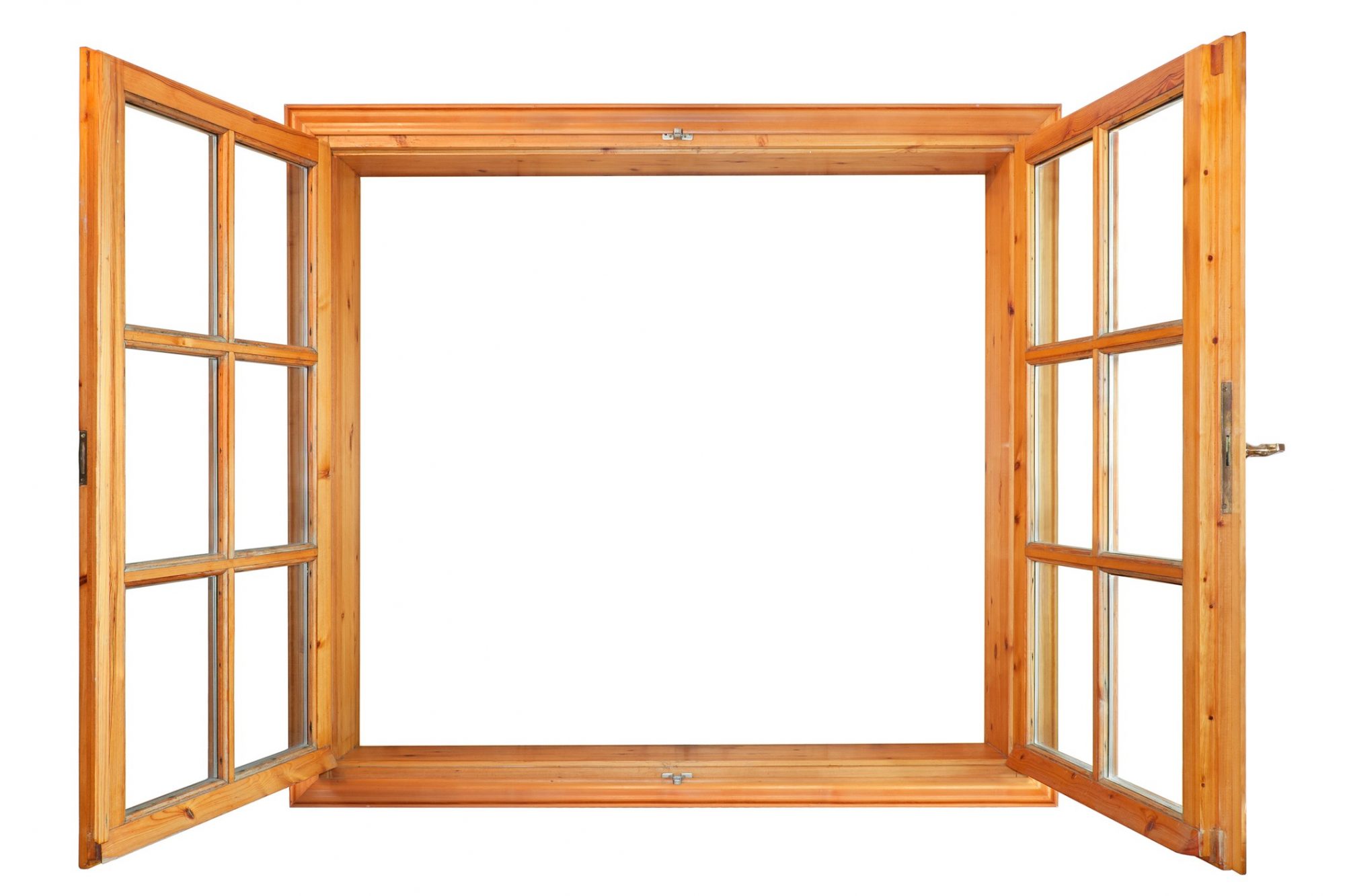The NHBC Techzone provide guidance for the appropriate requirements for the fitting of French windows.
All designers, builders and building control professionals are familiar with the Building Regulations and the Approved Documents which support the functional requirements, and desired outcomes set by them.
However, there are more than a few areas and scenarios where the guidance in the approved documents either doesn’t cover a situation, or the proposal to meet the functional requirements does not exactly fit the exemplar situation demonstrated in the Approved Documents or other guidance referenced in them. In situations such as this it is down to the building control body to make a judgement on whether the suggested solution meets the functional requirements or not, and this can often lead to uncertainty and indeed different interpretations between builders and building control bodies.
Where situations like this exist, NHBC works with government and other building control bodies, through the Building Control Alliance (BCA) to develop common guidance which can be used by industry to demonstrate compliance. BCA Guidance Notes are endorsed by the Association of Consultant Approved Inspectors (ACAI) and Local Authority Building Control (LABC).
One situation which occurs more often than you think is that of French windows, and window openings above ground floor which have low cill heights, and the BCA have recently published guidance in this area.
The Approved Documents provide recommendations for the minimum height of windows above floor level and guarding for windows where they fall below these levels.
Increasingly, designers are incorporating deeper windows or French doors with low level cills into their dwelling designs. The cills to these windows can provide platforms to aid clime ability by children. As such, the recommendations for guarding height to windows may not be appropriate to afford the safety of the occupants and achieve compliance with the functional requirements.
French windows
When considering guarding to French windows, a minimum guard height of 1100mm measured from finished floor level is required to ensure adequate protection from falling. This figure is almost consistent with the guidance given in BS 8213-1 which recommends 1120mm high guarding for French windows (when sited above ground floor level).
Where an upstand is formed (up to 300mm high) to the base of the opening, then an 800mm guard height should be maintained above this level.
According to ChildData (1), 50% of 4 year old children can step up 410mm, and 3% can step up 550mm. Any cill height lower than 600mm may therefore, be considered climbable by children.
According to ChildData, only 5% of 4 year old children are taller than 1200mm so most would be fairly stable standing on an up stand if a minimum guard height of 700mm were to be maintained.
When considering balcony floor level, account neednot be taken of fixed furniture such as window seating.
Note: Where the overall guard height exceeds 1100mm from finished floor level, this will conflict with the maximum 1100mm dimension required for the window to be suitable for escape. A check should be made in these circumstances to ensure that there is an alternative window in the room suitable for escape or that a suitable protected escape route has been provided.
Window restrictors
Window restrictors are not considered to be an alternative to a permanent guard in any of the diagrams in this guide. Reference should be made to BCA Guidance Note 1 – Glass guarding and restrictors to low level windows above ground floor level in dwellings. ■
BCA Guidance Notes can be downloaded for free from
www.buildingcontrolalliance.org
. . . . . . . . . . . . . . . . . . . . . . . . . . . . . . . . . . . . . . . . . . . . . . .
NHBC
Tel: 0800 035 6422
www.nhbc.co.uk
www.twitter.com/NHBC














